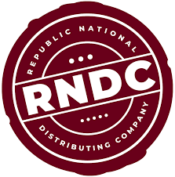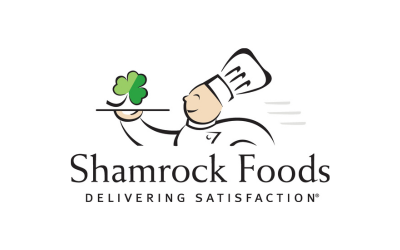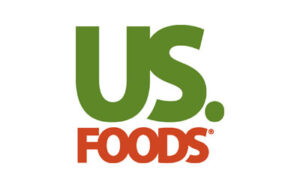As federal pandemic unemployment benefits come to an end, Colorado restaurants are likely to see an increase in job applicants.
To prepare for this potential influx of new workers, it’s critical that restaurant owners and managers review their employee safety training — and establish or update safety guidelines
Here are tips for safely onboarding new and returning workers — including COVID-specific considerations.
Use the same safety onboarding protocols for everyone
Offering restaurant training to every new team member, regardless of age or job history, is essential, says Pinnacol Senior Safety Consultant Xavier Gonzalez.
According to Pinnacol safety data collected over the past five years, 46 percent of all restaurant injuries happened to employees who were on the job for less than a year. All other employees accounted for the remaining 54 percent of restaurant injuries.
“New restaurant employees, whether they’re experienced or not, are more likely to be injured than longer-tenured employees,” Gonzalez says.
Brand new hires with minimal or no experience are also highly susceptible to job injuries, perhaps because they don’t fully understand the safety risks and are eager to perform well in their new positions.
Colorado restaurants can help prevent many of these workplace injuries with effective safety training for everyone.
Even a restaurant employee who returns to the same job may not know about new procedures or rules. Or they may have forgotten critical information.
For these reasons, you should consider any employee a “rookie” when it comes to restaurant training, says Gonzalez.
Make restaurant training ongoing
Comprehensive safety training should cover general rules and how — and when — to report workplace injuries. Restaurant training should also review task-specific hazards and the use of protective equipment like cut gloves.
It’s a best practice to follow up the training with a test or demo by the employee. But restaurants shouldn’t view training as a “one-and-done” situation.
Repetition is crucial to safety, according to Gonzalez. Different employees may have different learning curves, although people generally learn best when they practice doing the job correctly themselves.
After a supervisor initially trains a restaurant employee on knife skills, for example, they may want to circle back at daily, weekly, and/or monthly intervals to ensure the employee is safely performing the task.
If they witness the employee doing something incorrectly, they can offer additional training on the spot.
Stay alert to changing COVID guidelines
In the current work climate, up-to-date COVID practices are essential to any restaurant employee training.
Even if workers are familiar with certain pandemic-related safety protocols, it’s important to retrain them on the latest guidance.
The first step is making sure that owners and managers themselves are up to date on pandemic practices and requirements like masking and social distancing.
To stay current, consult resources offered by the Centers for Disease Control and the Colorado Department of Public Health & Environment, as well as county or municipal health departments.
“Always go to the websites, because they’re updated much more often than printed flyers,” says Gonzalez.
Show employees you care
Keeping restaurant employees safe and happy is especially key — given the competitive labor market.
“If you want to retain employees, the best way to do it is to show that you care about them,” says Gonzalez.
That means explaining to employees why you have safety rules.
Workers are more likely to follow protocols when they understand that you’re trying to protect them from getting hurt — and ensure a safe working environment for everyone.
Questions about preventing injuries at your Colorado restaurant?
Pinnacol Assurance has the largest and most experienced safety team in Colorado ready to help our customers identify and eliminate workplace hazards. Contact a Pinnacol safety consultant to learn more.













